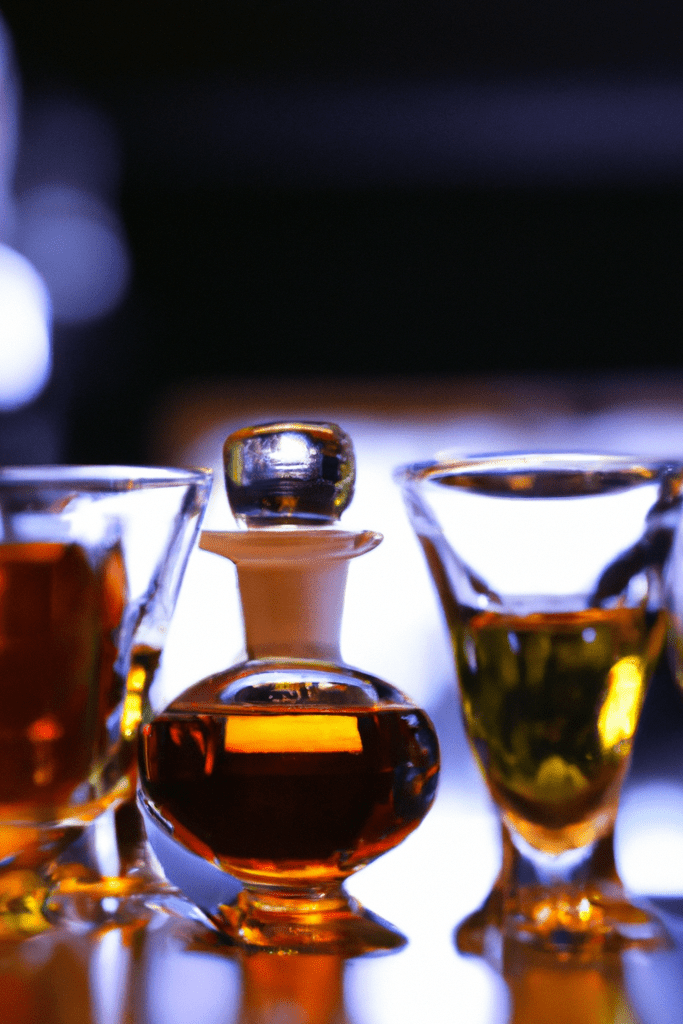 Have you ever been curious about the secrets behind Cognac, one of the world’s most famous and sought-after spirits? From its origins to its production process, this guide will explore all aspects of Cognac’s fascinating history, uncovering why it has become so beloved by connoisseurs around the globe.
Have you ever been curious about the secrets behind Cognac, one of the world’s most famous and sought-after spirits? From its origins to its production process, this guide will explore all aspects of Cognac’s fascinating history, uncovering why it has become so beloved by connoisseurs around the globe.
Uncorking the Mystery of Cognac: A Guide to the World’s Finest Brandy
 Have you ever been curious about the secrets behind Cognac, one of the world’s most famous and sought-after spirits? From its origins to its production process, this guide will explore all aspects of Cognac’s fascinating history, uncovering why it has become so beloved by connoisseurs around the globe.
Have you ever been curious about the secrets behind Cognac, one of the world’s most famous and sought-after spirits? From its origins to its production process, this guide will explore all aspects of Cognac’s fascinating history, uncovering why it has become so beloved by connoisseurs around the globe.
